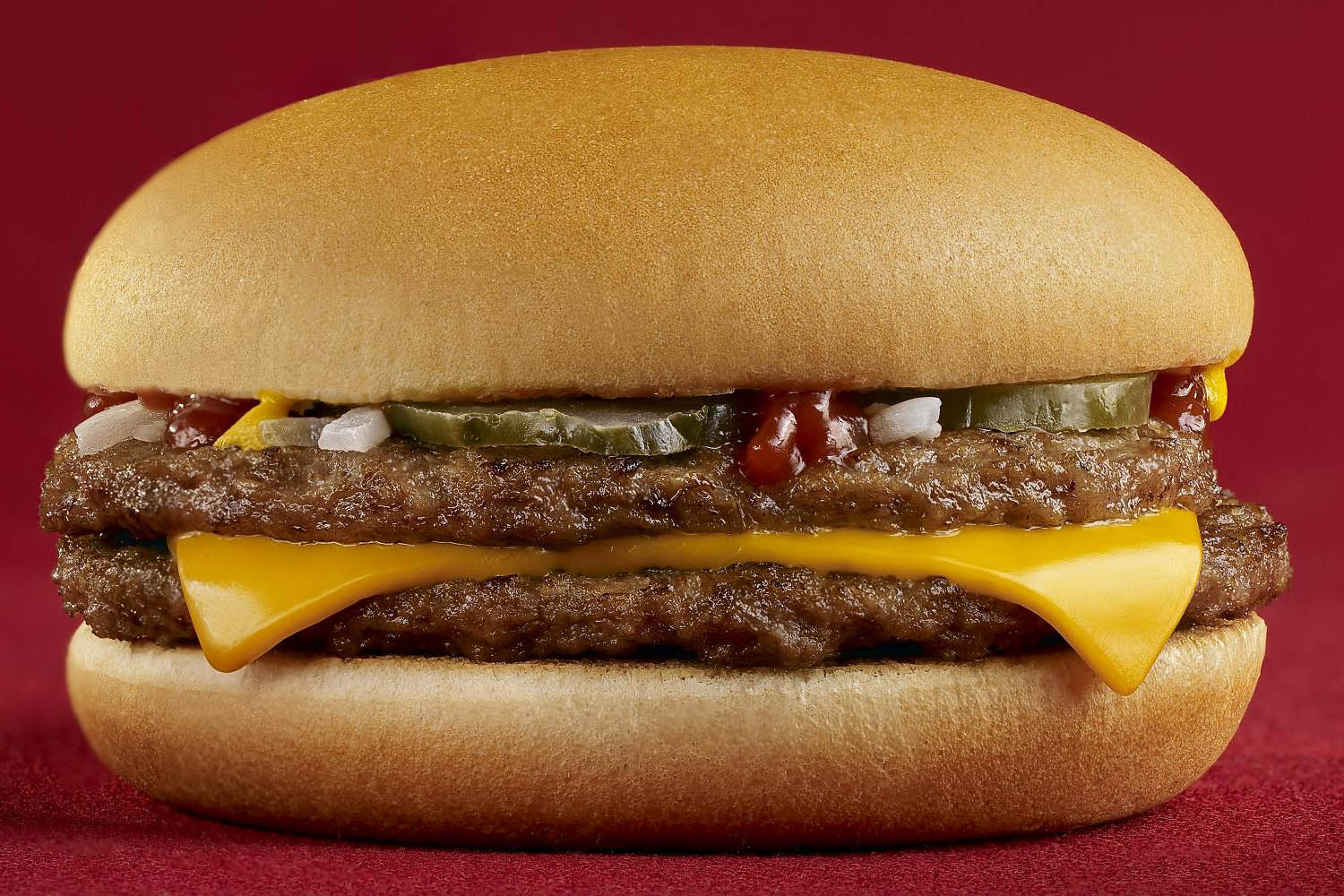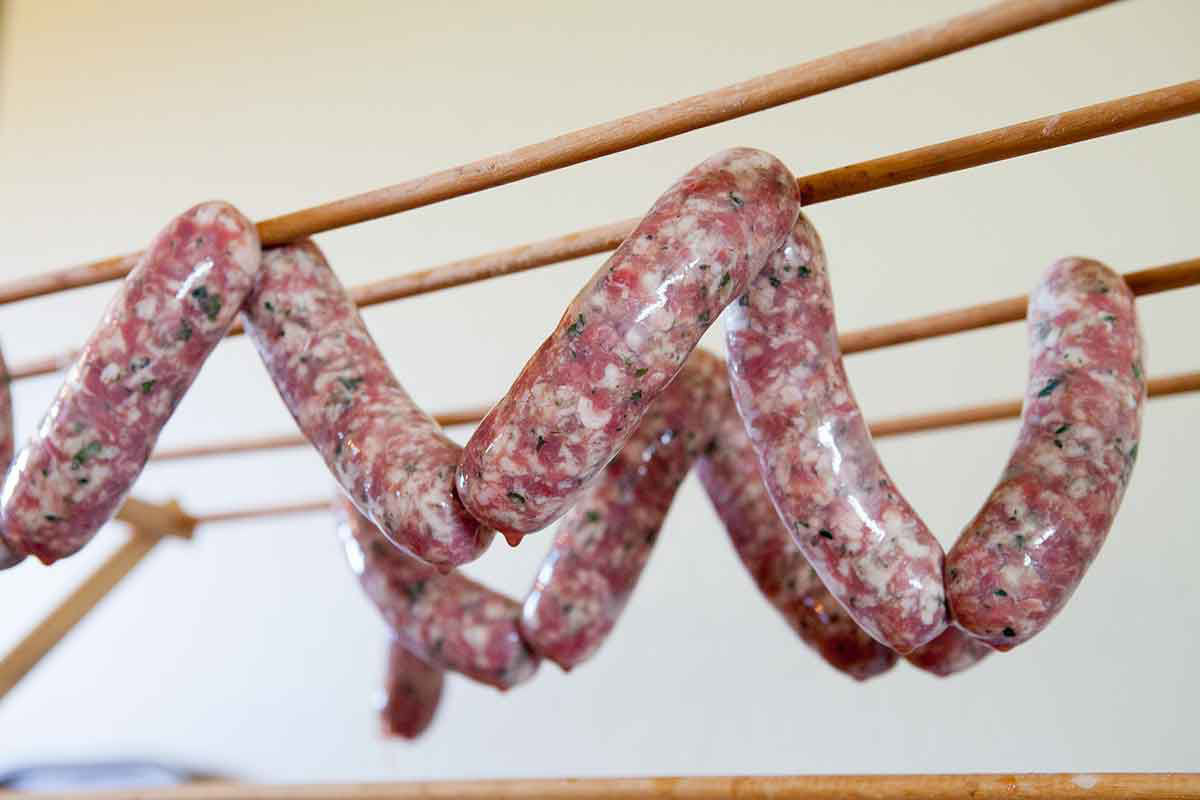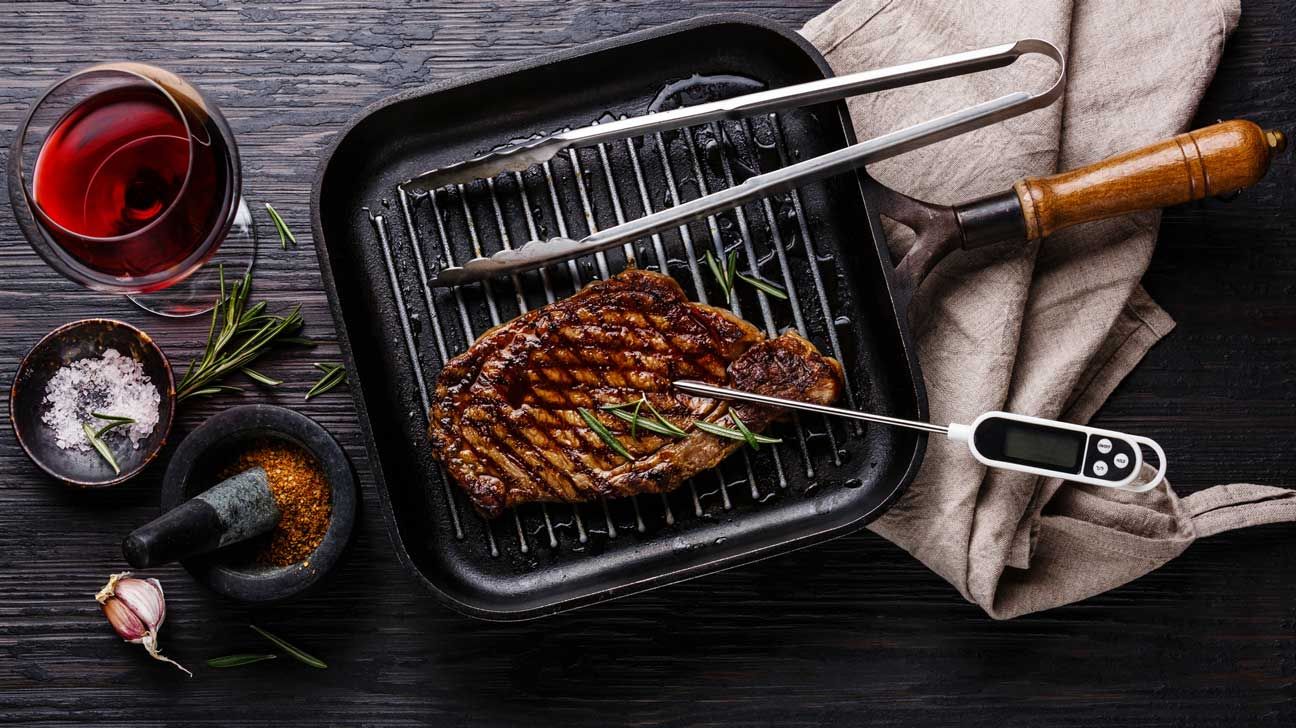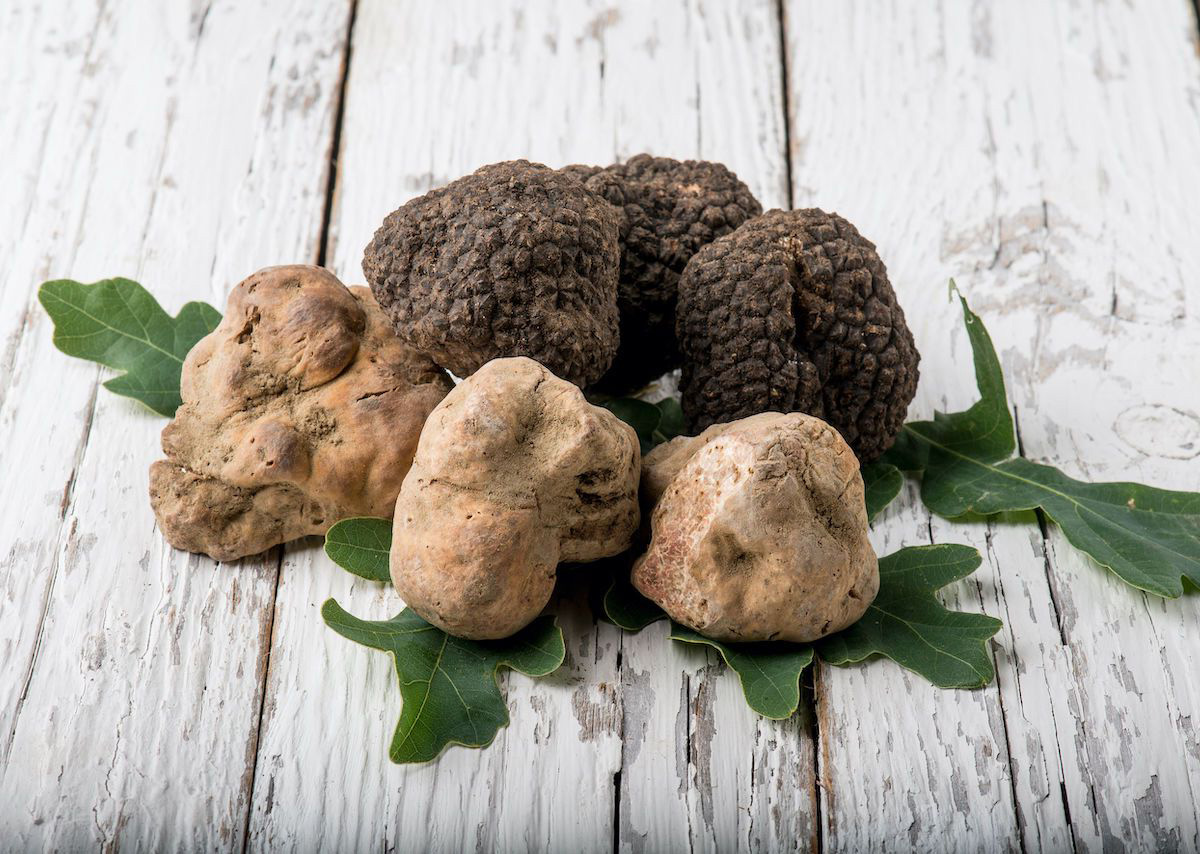Understanding the Icebox: A Blast from the Past
Have you ever heard the term “icebox” and wondered what it actually means? In today’s modern world of refrigerators and freezers, the concept of an icebox may seem like a thing of the past. However, understanding the history and function of the icebox can provide valuable insights into the evolution of food preservation technology.
The History of the Icebox
The term “icebox” refers to a type of non-mechanical refrigerator that was commonly used before the widespread adoption of electric refrigeration. In the early 19th century, before the invention of modern refrigeration technology, people relied on various methods to keep their food and beverages cool. One of the most popular methods was the use of an icebox.
Iceboxes were typically made of wood and lined with insulating materials such as cork or straw. They were designed to hold large blocks of ice, which would help maintain a cool temperature inside the box. As the ice melted, the water would drain out of the box through a small hole, keeping the interior cool and preserving the stored items.
How Did Iceboxes Work?
Iceboxes relied on the principle of thermal insulation to keep the interior temperature low. The insulating materials used in the construction of the icebox helped prevent the external heat from affecting the ice inside. Additionally, the presence of the ice created a cooling effect that helped preserve perishable items such as dairy products, meats, and vegetables.
Key Components of an Icebox:
- Wooden construction
- Insulating materials (cork, straw)
- Ice chamber
- Drainage system
The Legacy of the Icebox
While the icebox may no longer be a common sight in modern households, its impact on food preservation and refrigeration technology cannot be overlooked. The development of the icebox paved the way for the invention of mechanical refrigeration systems, which eventually led to the widespread availability of electric refrigerators and freezers.
Today, the concept of the icebox serves as a reminder of the ingenuity and resourcefulness of earlier generations in finding ways to preserve food and extend its shelf life. It also highlights the continuous evolution of technology in meeting the needs of society.
Conclusion
So, the next time you hear the term “icebox,” you’ll have a better understanding of its historical significance and the role it played in shaping the way we store and preserve food. While we may take our modern refrigeration appliances for granted, it’s important to acknowledge the humble beginnings of the icebox and the impact it had on the way we enjoy fresh and perishable foods today.
Whether it’s a vintage icebox or a state-of-the-art refrigerator, the goal remains the same: to keep our food fresh and safe to consume.
Was this page helpful?
Read Next: What Is Dijon Butter











